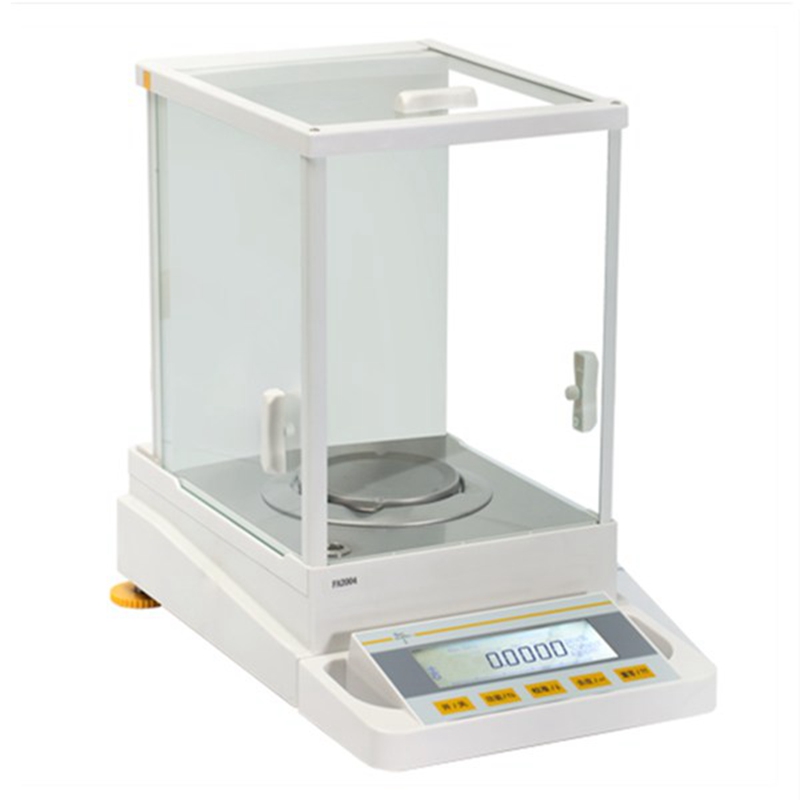Insulation Resistance Testing Procedures and Standards for Manufacturing Facilities
Understanding Insulation Resistance Tests in Factories
In industrial settings, the safety and efficiency of electrical systems are paramount. One critical aspect of maintaining these systems is the insulation resistance test. This test is essential for ensuring that electrical equipment operates safely, preventing potential failures that could lead to costly downtime or accidents. In this article, we will explore the significance, methodology, and best practices of insulation resistance testing in factories.
Importance of Insulation Resistance Testing
Insulation resistance refers to the ability of a material to resist the flow of electric current. High insulation resistance in electrical systems means that there is minimal leakage current, thereby ensuring safety and operational reliability. Testing the insulation resistance is vital for several reasons
1. Safety Poor insulation can lead to electric shocks or equipment fires, putting workers at risk. Regular insulation resistance testing helps to identify potential hazards before they become critical.
2. Equipment Reliability Many electrical failures are caused by insulation breakdown. By regularly testing insulation resistance, factories can predict equipment failures, reducing unexpected downtimes.
3. Compliance with Standards Many industries are bound by regulatory requirements that mandate regular testing of electrical systems. Insulation resistance tests ensure compliance with these regulations, helping to avoid legal repercussions.
4. Cost-Effectiveness Early detection of insulation failures can save money in the long run. By addressing issues proactively, factories can avoid the high costs associated with unplanned repairs and replacements.
Methodology of Insulation Resistance Testing
The insulation resistance test is generally performed using specialized equipment known as megohmmeters or insulation resistance testers. Here’s a brief overview of the testing procedure
insulation resistance tests factories

1. Preparation Before conducting the test, all equipment should be powered down, and any power supply to the system must be disconnected. It is essential to ensure that all capacitive loads are discharged to prevent incorrect reading.
2. Connecting the Tester The insulation tester is connected between the conductor and the ground or between multiple conductors, depending on what is being tested.
3. Conducting the Test The tester applies a specified voltage (usually between 250V to 1000V), and the resistance is measured. The results are usually expressed in megohms (MΩ).
4. Interpreting Results The readings taken from the tester help in assessing the insulation quality. Generally, higher resistance values (above 1 MΩ) indicate good insulation, while lower values may indicate potential issues.
5. Documentation It is crucial to document the results for future reference and compliance purposes. Trends in insulation resistance tests can provide insights into the condition of electrical equipment over time.
Best Practices for Insulation Resistance Testing
To maximize the effectiveness of insulation resistance testing, factories should follow these best practices
- Schedule Regular Testing Establish a routine testing schedule based on equipment usage and manufacturer recommendations. - Train Personnel Ensure that staff conducting the tests are properly trained and understand the equipment being used. - Use Quality Equipment Invest in reliable insulation resistance testers that provide accurate and consistent readings. - Analyze Trends Regularly analyze test results for trends or anomalies to detect issues early.
In conclusion, insulation resistance testing is a vital process in maintaining the safety and reliability of electrical systems in factories. By adhering to best practices and understanding the importance of these tests, factories can enhance not only their operational efficiency but also their commitment to workplace safety. Regular testing and proactive maintenance can significantly contribute to a factory's overall performance and longevity.
-
Why the Conductor Resistance Constant Temperature Measurement Machine Redefines Precision
NewsJun.20,2025
-
Reliable Testing Starts Here: Why the High Insulation Resistance Measuring Instrument Is a Must-Have
NewsJun.20,2025
-
Flexible Cable Flexing Test Equipment: The Precision Standard for Cable Durability and Performance Testing
NewsJun.20,2025
-
Digital Measurement Projector: Precision Visualization for Modern Manufacturing
NewsJun.20,2025
-
Computer Control Electronic Tensile Tester: Precision and Power for the Modern Metal Industry
NewsJun.20,2025
-
Cable Spark Tester: Your Ultimate Insulation Assurance for Wire and Cable Testing
NewsJun.20,2025
 Copyright © 2025 Hebei Fangyuan Instrument & Equipment Co.,Ltd. All Rights Reserved. Sitemap | Privacy Policy
Copyright © 2025 Hebei Fangyuan Instrument & Equipment Co.,Ltd. All Rights Reserved. Sitemap | Privacy Policy
